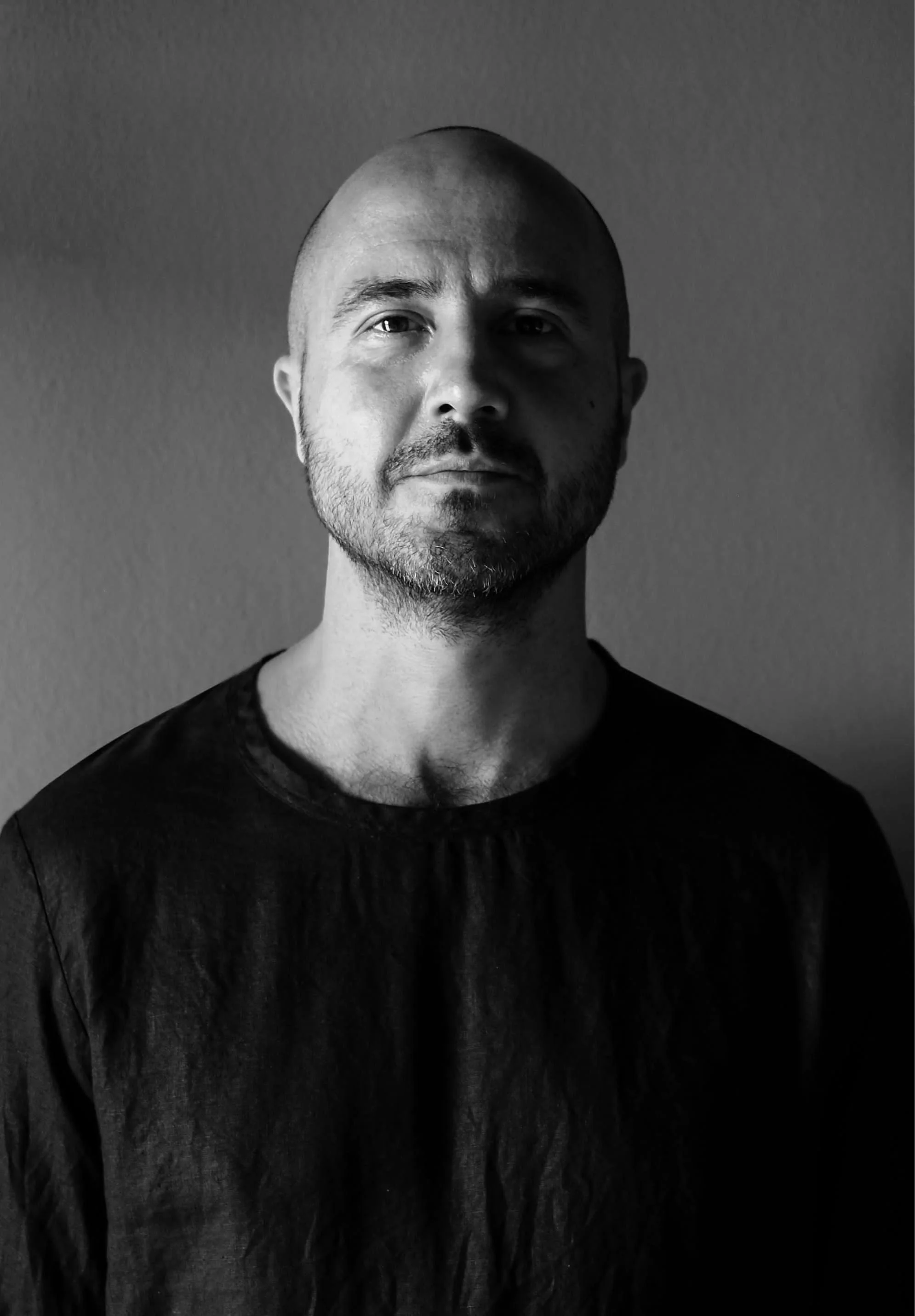Filippo Carandini Objects That Ripen With Time.
Words by Aliecia Cindy
Interview conducted by Melody Chan
At Eclectic Scape, we are still featuring the inventive designers in the field, as part of our Eclectic Encounters series. This edition presents Filippo Carandini, a Florence-born and now Milan-based designer whose creations are a remarkable fusion of fine arts and collectible furniture.
Filippo Carandini's work resonates with a timeless vibrancy in Milan's design circles, intertwining ancient and modern worlds, a conversation of form, substance, and memory. What most consider unexpected, Carandini's metamorphosis into furniture design came as a surprise even to him. “I never thought about doing furniture up until five years ago” he shares. During the past half-decade, he has been on a profoundly inspirational journey that stems from self-commissioned collectable works and collaborations with Milan’s Nilufar Gallery.
At the core of Carandini’s philosophy is a deeply personal ethos: “What I do is what I would have at home.” He approaches each piece without rigid briefs, allowing the design process to unfold organically. Often, a sketch starts without a clear purpose , the final form, whether lamp, table, or cabinet, emerges through an intuitive dialogue with the drawing itself. He follows “a shape or a pattern or a vibration,” letting intuition and visual rhythm guide his creations.
Kerià
“Kerià (candles in Greek) is a collection of lamps realized in hand-made Murano glass sticks. The light filters through the fascinating imperfection of the artisanal element, saturated with its color. Each stick is manually hanged to the internal structure, forming an horizontal layer that partially overlaps the layer below, with a skirt-like motif, typical of textiles. The bottom of the lamp is closed with a neutral-colored glass element that renders the light diffused downwards slightly warm.”
Materiality holds a central place in Carandini’s work, embodying the soul of each object. He chooses materials that age gracefully, parchment, marble, wood, and bronze — favoring their ability to evolve and gain character over time rather than fade or deteriorate. “The material is what’s supposed to make the object look even better in 50 years,” he explains. This reverence for time and patina is vividly expressed in his Mensa table for Nilufar Gallery, an oval or rectangular wooden piece hand-painted with bold acrylic brushstrokes in greens, blues, and pinks, then sealed in high-gloss lacquer. Inspired by the faded frescoes of Pompeii, the table feels like a contemporary artifact, where history and abstraction converge.
Mensa table
Wooden dining table with oval top. w 230 x d 125 x h 71
“Mensa is part of a 6 pieces collection called New Pompeii where the furniture is entirely hand-painted with acrylic colors by me through a multiple layering process. A variety of tones of the same color are applied onto each other creating countless chromatic variations and revealing previous phases of the process. Different drying stages of the acrylic paint are visible through sudden interruptions and smoother blending.
The pieces are later coated with a high-gloss polyester finish that deepens the palette and protects the handcrafted surfaces.”
A constant hallmark of Carandini’s fine arts discipline is color, which is an integral thread in his furniture. Each of his works transforms into a tableau where color, light, texture, and surface interact dynamically. Reflection, in his words, “makes the object interact more with the surroundings by reflecting something,” adding a layer of dialogue between the piece and its setting, which turns his work into a conversation. Looking into new possibilities in Hong Kong and the rest of the Asia region, Carandini is open to fresh collaborations and cultural exchanges which will influence his developing practice. He notes, “I’m very much looking forward to expanding my inspiration in this part of the world,” and he has sketches and prototypes ready to go.


